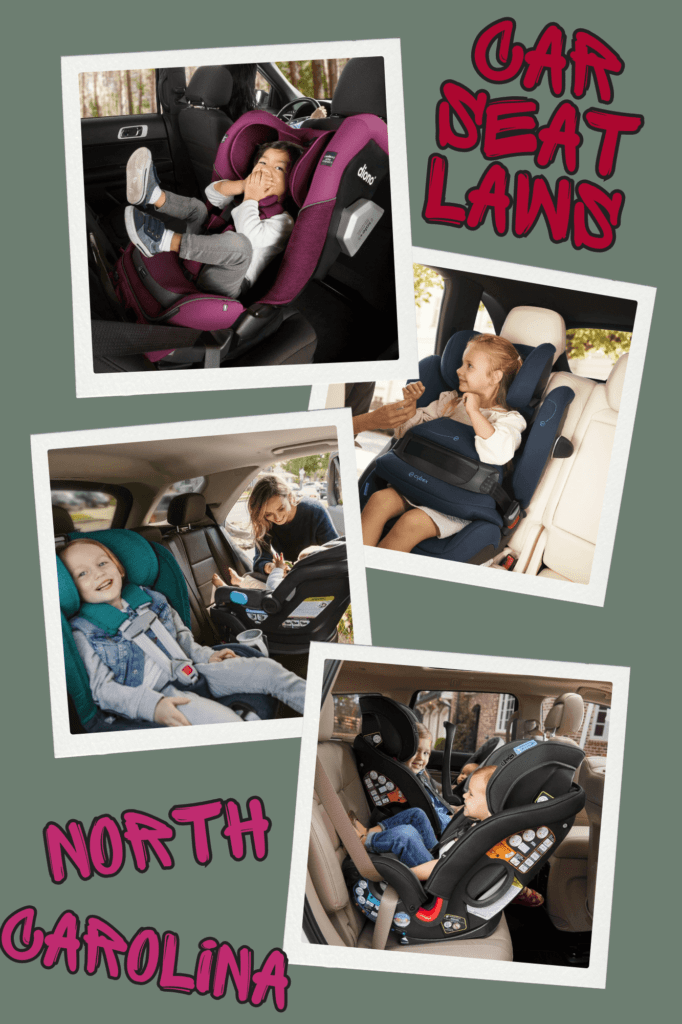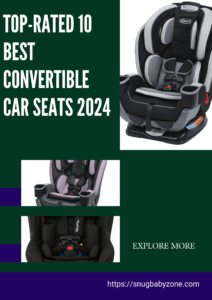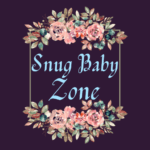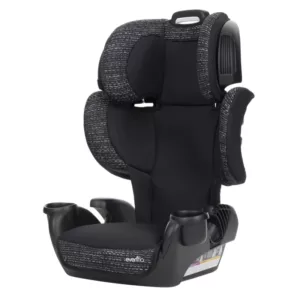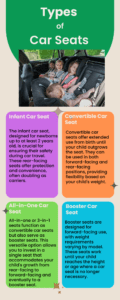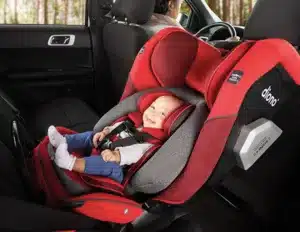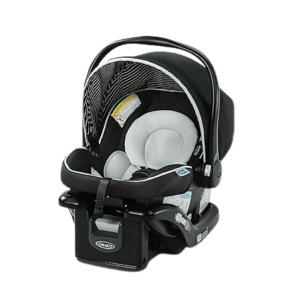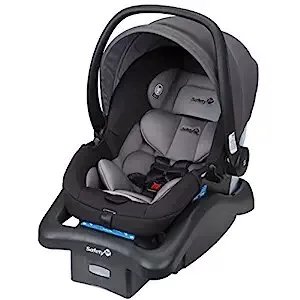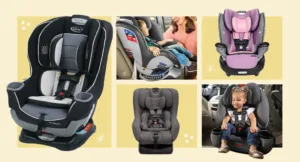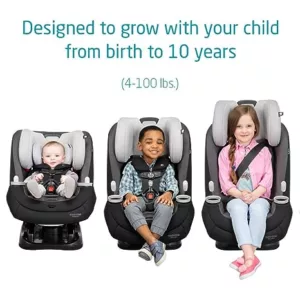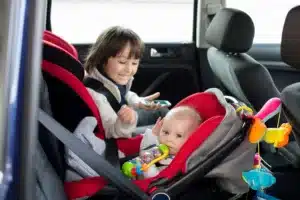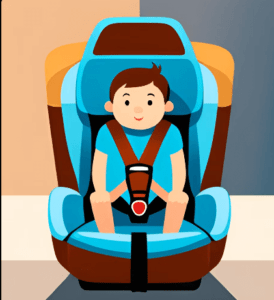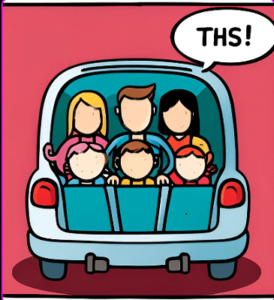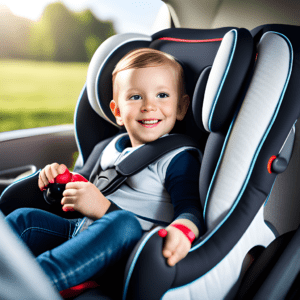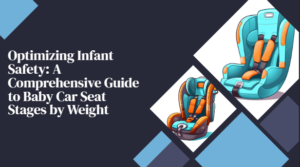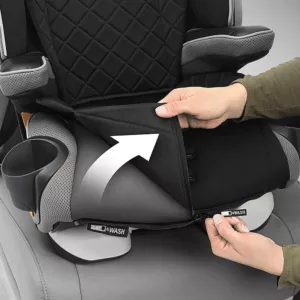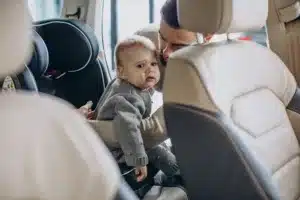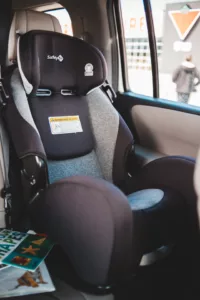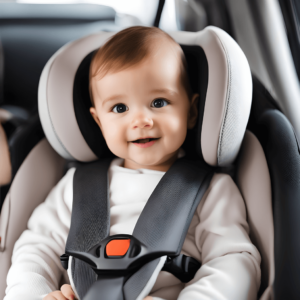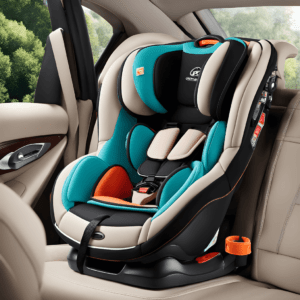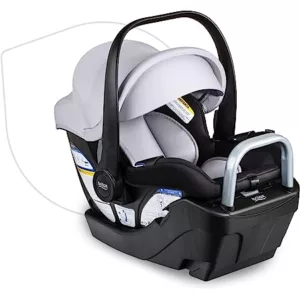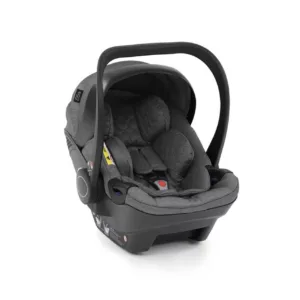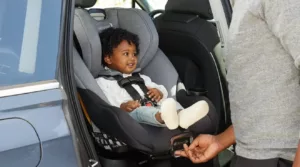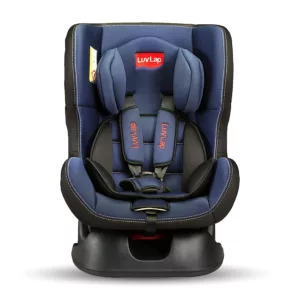Embark on a journey through the intricacies of Booster Seat Laws in NC, where the safety of young passengers takes centre stage. Navigating North Carolina’s regulations ensures a secure and informed approach to protecting your child during car travel.
Thank you for reading this post, don't forget to subscribe!Ensuring the safety of our children is a paramount concern for every parent, especially when it comes to travelling by car. In North Carolina, like in many states, strict guidelines and laws are in place to safeguard young passengers during their journeys. This article delves into the Car Booster Seat Laws in North Carolina, shedding light on the regulations and recommendations to provide a comprehensive guide for parents and caregivers.
Table of Contents
ToggleInfo-Graphic – Booster Seat Laws NC
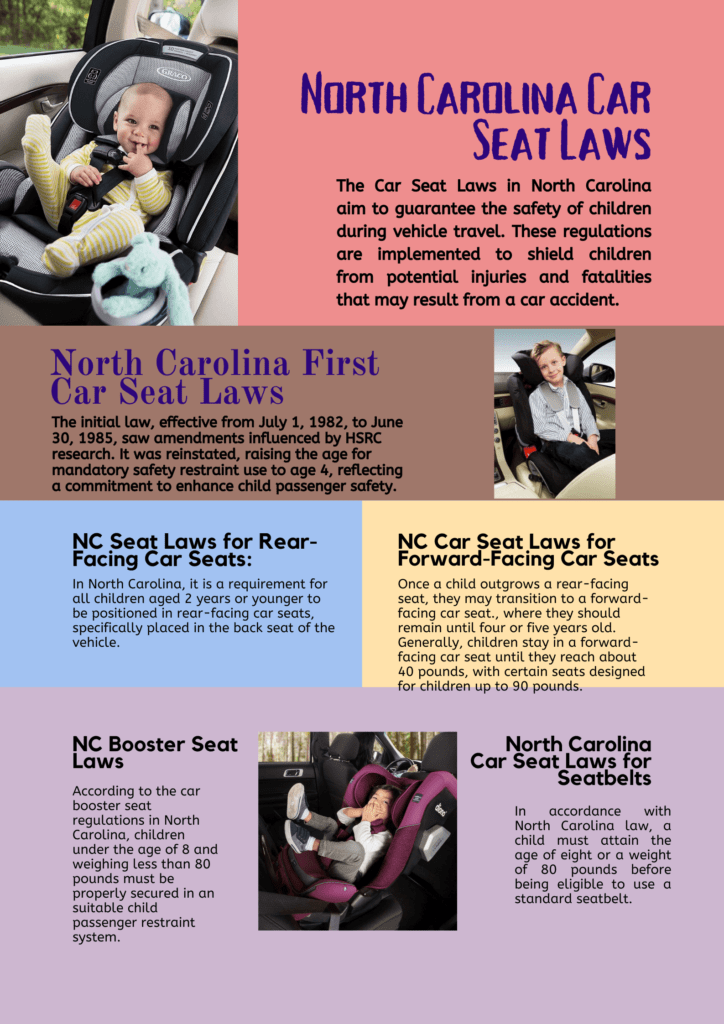
Recommendations for Children’s Protection
North Carolina, like many other states, acknowledges the vulnerability of children in car accidents, which stand as the leading cause of unintentional death for young ones. As such, the proper use of car seats is not only considered essential but is also mandated by state law. Following the recommendations provided by car seat manufacturers is highly encouraged, as these guidelines encompass crucial factors such as height, weight, and sometimes age limits, ensuring maximum safety for your child.
Age-Specific North Carolina Car Seat Laws
North Carolina upholds stringent laws governing the use of car seats for children, aiming to prioritise their safety during vehicular travel. These regulations take into account the child’s age, weight, and height to ensure appropriate protective measures.
Children Under the Age of 8: As per North Carolina law, children below the age of 8 must be securely fastened in a child restraint system, which can either be a car seat or a booster seat. This requirement applies specifically to the back seat of the vehicle. The sole exception to this rule is if the child has attained a height of at least 4 feet 9 inches.
Children Under the Age of 16: For all children under the age of 16, proper restraint is mandated through the use of a seat belt or a child restraint system, encompassing car seats or booster seats. The law emphasises placement in the back seat. In instances where there is no back seat available, a child may occupy the front seat only if securely fastened in a child restraint system.
Car Seat-Specific Car Seat Regulations in North Carolina
North Carolina Car Seat Laws for Rear-Facing Car Seats
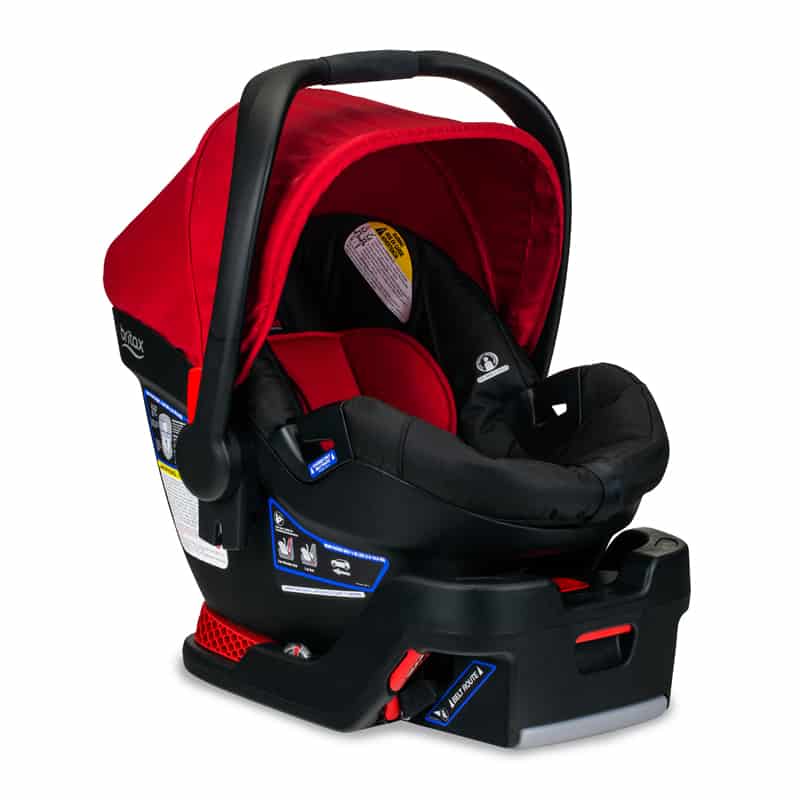
In adherence to the American Academy of Paediatrics (AAP) recommendations, North Carolina mandates that all children aged 2 years or younger be placed in rear-facing car seats in the vehicle’s back seat. This positioning is crucial for protecting the head, shoulders, and spine in the event of a car crash. Placing a rear-facing car seat in the front passenger seat is strictly discouraged, as front passenger airbags can pose serious threats to young children during a crash.
Moreover, it is advisable to keep your child in a rear-facing car seat for as long as possible, following the manufacturer’s height or weight recommendations. The AAP suggests that children remain in a rear-facing seat until at least two years old. Buckle-Up NC assists in correctly installing your child’s seat, offering a list of locations for seat checks.
NC Car Seat Laws for Forward-Facing Car Seats:
Once a child outgrows a rear-facing seat, they may transition to a forward-facing car seat, where they should remain until four or five years old. Even in this position, they should always occupy the back seat. The transition to a booster seat becomes appropriate when the tips of their ears surpass the top of the car seat. Generally, children stay in a forward-facing car seat until they reach about 40 pounds, with certain seats designed for children up to 90 pounds.
NC Booster Seat Laws
In adherence to car booster seat laws in NC, children below the age of 8 and weighing less than 80 pounds must be securely restrained in an appropriate child passenger restraint system. Conversely, children aged eight or above and those weighing more than 80 pounds are not obligated by law to utilise a car seat or booster seat.
Booster seats come in two types:
Backless and full-support: The choice between them depends on the presence of a proper headrest in the vehicle. Backless booster seats are suitable for vehicles with headrests.
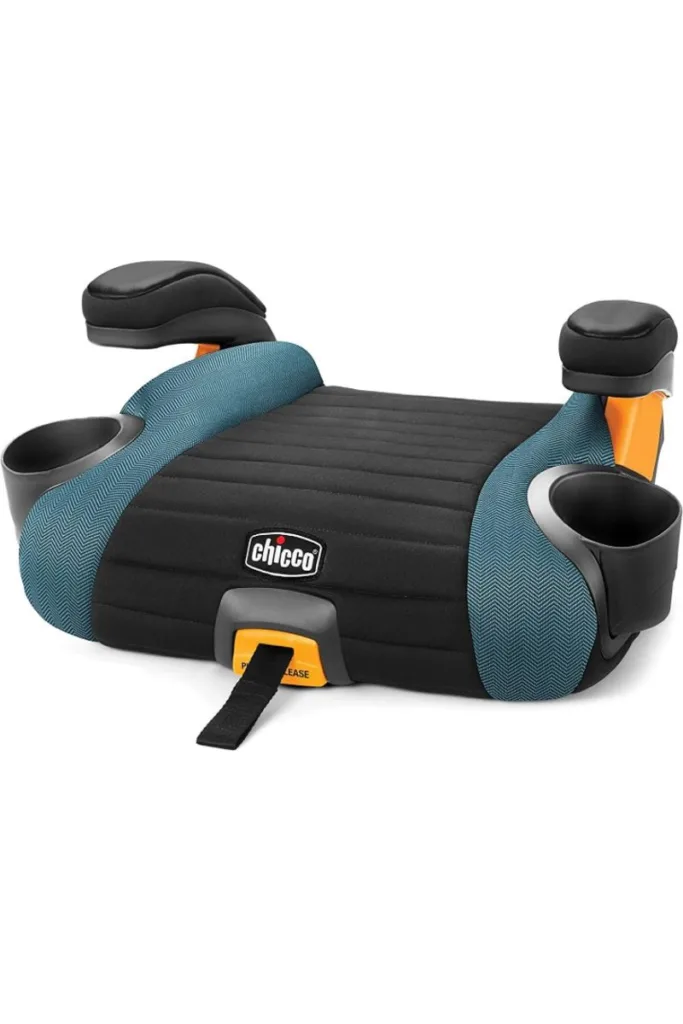
Full-back booster seats: These seats are used when headrests are not available. Securing booster seats with a lap and shoulder belt is crucial, ensuring a snug fit around the thighs and chest.
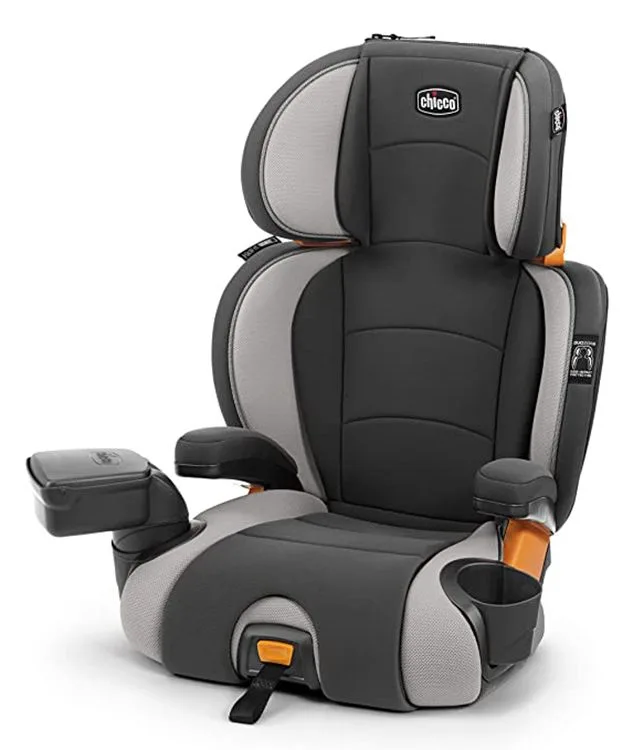
Studies show that booster seat use significantly reduces the risk of serious injury by 45% for children ages four to eight compared to seat belt use alone, as reported by the CDC. However, recent research suggests that the effectiveness of booster seats may be even higher than the previously estimated percentage, emphasising their crucial role in preventing moderate and serious crash injuries among older children.
North Carolina Car Seat Laws for Seat-Belts
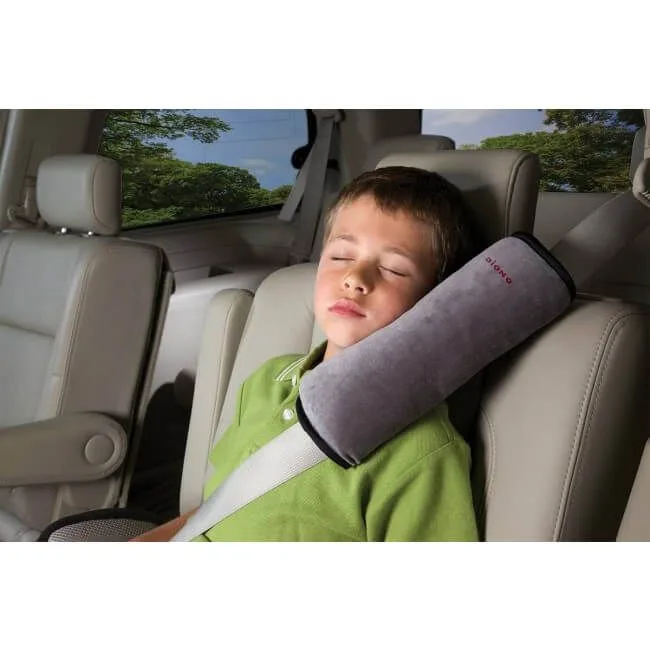
North Carolina law mandates that a child must be either eight years old or 80 pounds before using a standard seat-Belt. It is important to note that these requirements must be met, even if a child seems physically ready for a seat-Belt. However, it is crucial to recognise that what the law permits might not align with the recommended best practices for child safety.
Penalty for Violating the North Carolina Car Seat Laws
Violating the Child Restraint/Booster Seat law incurs penalties, including the imposition of 2 points on the driver’s license, a fine of $25, and a minimum of $120 in court costs.
Additionally, parents and caregivers should take note that North Carolina Car Seat laws stipulate that children under the age of 5 and weighing less than 40 pounds must occupy the back seat in vehicles equipped with active passenger-side front airbags. The installation of rear-facing car seats in front of an active airbag is prohibited by law.
Addressing Common Questions
Differences Between NC Law and Recommendations:
Yes, differences exist. The North Carolina Child Passenger Safety law sets minimum standards, but these may not represent the best protection. Best practices are outlined in resources like Choosing and Using Car Seats.
Front-Facing Car Seats:
Legally, a child can face the front of the car once they meet the minimum requirements specified by the manufacturer. However, the American Academy of Paediatrics recommends keeping children rear-facing until at least age 2 for enhanced safety.
Riding in the Front Seat:
While North Carolina law allows children 5 years and older, weighing 40 pounds or more, to ride in the front seat under certain conditions, it is recommended to keep kids in the back seat until they are 12 or 13 for optimal safety.
Seat-Belt Requirements:
No, the law does not require children to be both age 8 AND 80 pounds before using a seat-Belt alone. Instead, a child can transition to a seat-Belt when they reach age 8 or 80 pounds, but the belt must fit properly.
Booster Seat Usage:
North Carolina law permits the use of a booster seat as long as it meets the manufacturer’s requirements. However, the American Academy of Paediatrics recommends keeping children in a harness restraint until outgrown by weight or height.
15-Passenger Vans and School Buses:
Yes, 15-passenger vans are included under the North Carolina Child Passenger Safety Law, requiring proper restraint for all children. For school buses, small buses (weighing less than 10,000 pounds) must have seat belts, while large buses are exempt.
Organisations Covered Under the Law:
No organisation is exempt from the NC CPS Law, but exemptions apply to types of vehicles. Organisations using passenger vehicles must comply with all provisions of the law.
Final Verdict
In conclusion, understanding and adhering to Car Booster Seat Laws in North Carolina is crucial for the safety of young passengers. The regulations set by the state, though serving as a baseline, may not encompass the best practices recommended for optimal child protection. Parents and caregivers are encouraged to stay informed, follow manufacturer guidelines, and prioritise the safety of their children on every journey. By doing so, we contribute to creating a safer environment for our most precious passengers—our children.
Frequently Asked Questions
At what age can my child transition from a booster seat to using a regular seat-belt in North Carolina?
- Parents often inquire about the appropriate age for transitioning their child from a booster seat to using a standard seat-belt, seeking clarity on when their child meets the legal and safety requirements.
What are the specific height and weight guidelines for using a booster seat in North Carolina?
- Many parents want detailed information on the height and weight specifications that determine when a child should use a booster seat, ensuring they are compliant with state laws and prioritising their child’s safety.
Can I use a backless booster seat for my child in North Carolina, or is a full-support booster seat required?
- The choice between backless and full-support booster seats often leads to questions regarding the specific regulations in North Carolina, as parents aim to understand which type is suitable for their vehicle and child.
Are there any exceptions to North Carolina’s booster seat laws for specific types of vehicles, such as vans or trucks?
- Parents may inquire about potential exemptions or specific guidelines for using booster seats in particular types of vehicles, seeking to ensure compliance with the law while considering their family’s specific transportation needs.
What steps should I take if I need assistance installing my child’s booster seat in North Carolina?
- Parents may seek information on resources available for assistance with properly installing their child’s booster seat, looking for guidance or locations where professionals can ensure correct installation for optimal safety.
